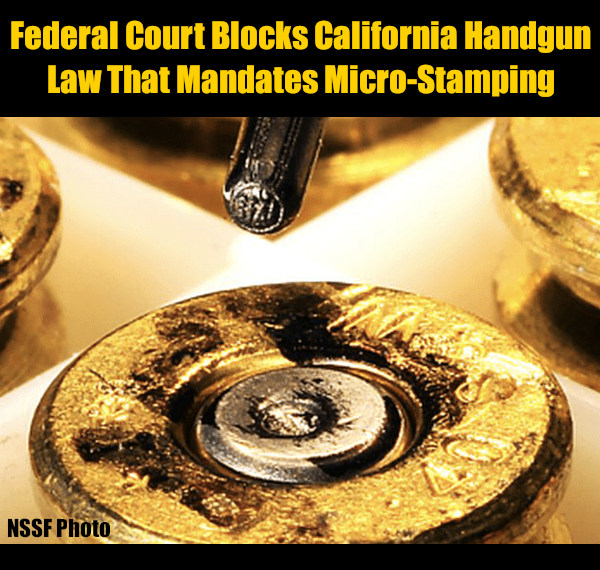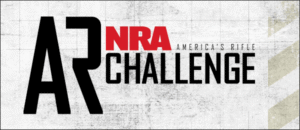March 25th, 2023Report by National Shooting Sports Foundation.
The U.S. District Court (Central District of California), has issued a preliminary order blocking California’s Unsafe Handgun Act and its microstamping requirements. Boland v. Bonta was filed shortly following the Bruen decision by the U.S. Supreme Court. On March 20, 2024, the District court issued a preliminary injunction via an order signed U.S. District Judge Cormack Ju. Carney. “This order is a victory in California for lawful gun ownership. The Second Amendment has been severely infringed on by elected officials who have taken every opportunity for law-abiding citizens to exercise their Second Amendment rights”, stated Lawrence G. Keane (NSSF Senior VP & General Counsel). This microstamping requirement was technologically unsound. It has led to a massive decrease in handguns available for sale in California. According to the NSSF, “Since [the microstamping regulation] went into effect, California’s handguns for sale list has dwindled. Since 2013, California’s approved list has not been updated with new models. The number of available models for sale has dropped 75% from 976 handgun models in 2013 to less than 250 in 2022. “The order… is a significant victory. Keane said that the NSSF has always maintained that California’s Unsafe Handgun Act was an unconstitutional infringement that denied Californians legal purchase of handguns that best fit their needs. “The court is correctly applying the Supreme Court’s Bruen decision, which states that the Second Amendment is the only test for lawful firearm ownership. Heller also holds that firearms in common usage are protected by the Second Amendment. California Rifle & Pistol Association filed Boland v. Bonta to challenge California’s Unsafe Handgun Act. This law requires that all new pistols sold in California have a chamber-loaded indicator and a magazine disconnect mechanism. It also requires that the firing pin be able to use the firing pin to embed a microstamp onto the primer of a fired cartridge. This last requirement is technically problematic to say the least. NSSF testified before the California legislature that it was impossible for them to meet the microstamping requirements. Todd Lizotte, the microstamping patent holder, acknowledged that microstamping was unreliable. He stated “…legitimate queries exist regarding both technical aspects, production costs, database management, and the legality of microstamping. These questions should be addressed before broad scale implementation is mandated by law. The court’s order states that the microstamping provision requires handguns have a specific feature that is not commercially available or feasible to implement on mass scale. This is a fact that NSSF has long maintained, and all peer-reviewed studies have reached the same conclusion.Microstamping can be easily defeated by dragging a nail file over the tip of a firing pin or replacing the firing pin. Kamala Harris, then-Attorney General, certified the requirement. California’s handguns that are certified for sale have declined since the adoption of microstamping rules. Since 2013, California has not added any new models to its approved list. The number of available models for sale has dropped 75 percent from 976 to 250 handgun models in 2013 to less than 250 in 2022.
Similar Posts

















